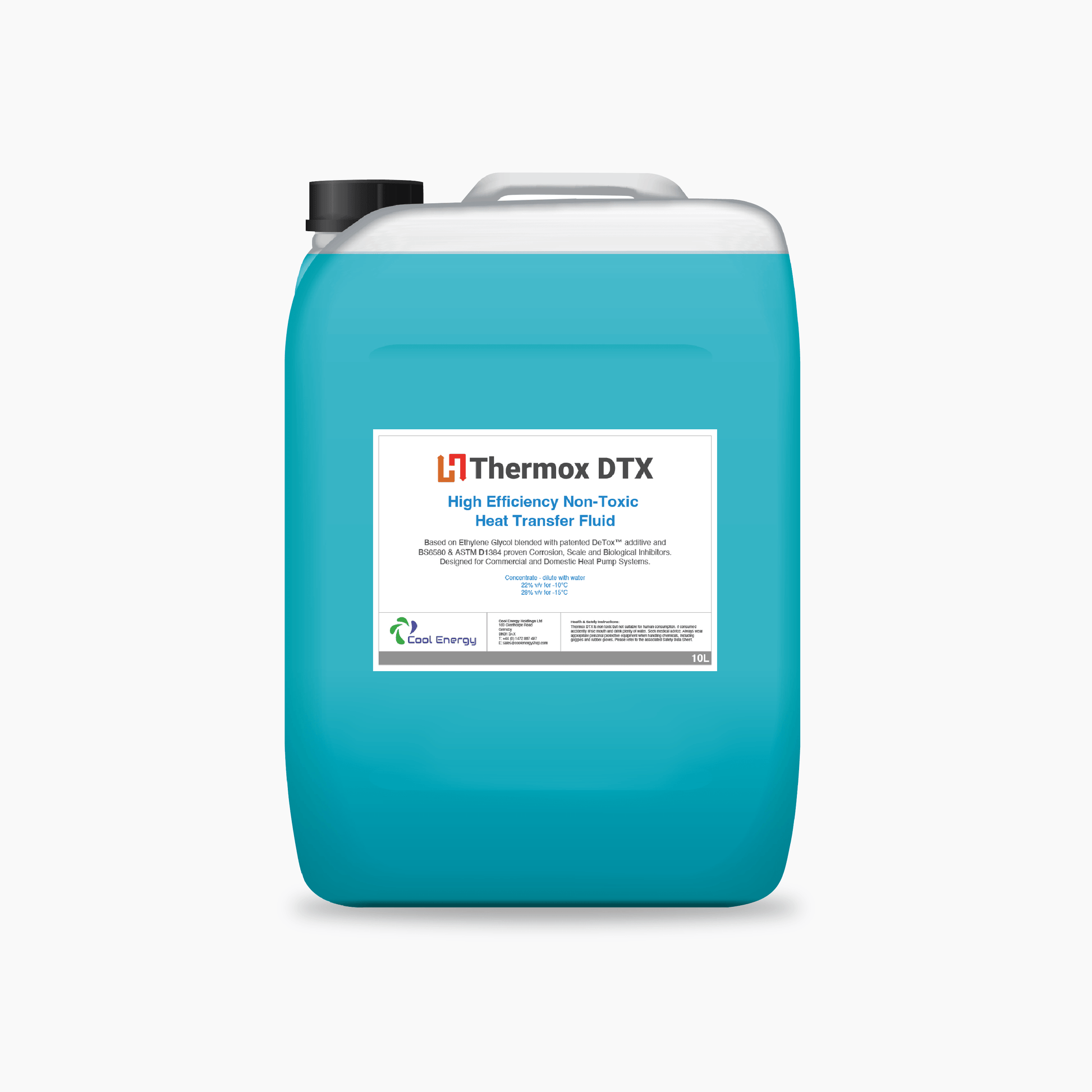Just how to Select the most effective Heat Transfer Fluid for Industrial Applications
Just how to Select the most effective Heat Transfer Fluid for Industrial Applications
Blog Article
The Function of Warmth Transfer Fluid in Enhancing System Performance and Safety And Security
In the ever-evolving landscape of industrial procedures, warmth transfer liquids (HTFs) arise as crucial parts in maximizing both system efficiency and security. These specialized fluids, understood for their exceptional thermal conductivity and controlled viscosity, enable efficient heat exchange, which is essential for streamlined operations.
Understanding Warmth Transfer Liquids
Warm transfer liquids, often taken into consideration the lifeblood of thermal administration systems, play a critical duty in regulating temperature level throughout different commercial applications - heat transfer fluid. Industries such as chemical processing, power generation, and production depend on heat transfer fluids to make sure devices operates effectively and safely.
The selection of an appropriate heat transfer liquid is critical to the success of a thermal monitoring system. In recap, a thorough understanding of warm transfer fluids is important for optimizing system efficiency, making certain functional safety and security, and achieving cost-effective thermal monitoring options.
Secret Residence of HTFs

The particular warmth capacity of an HTF defines the amount of heat energy required to transform its temperature level, affecting exactly how efficiently the system can react to temperature level variants. The boiling and freezing factors of HTFs additionally play a pivotal role, especially in systems exposed to severe temperature levels, making certain liquid security and stopping stage modifications during operation.
Enhancing System Performance
To enhance system efficiency with warmth transfer liquids (HTFs), it is necessary to incorporate a detailed method that thinks about both fluid properties and system layout. The choice of a proper HTF is critical, as its thermal conductivity, viscosity, and details warmth capability directly influence the effectiveness of warm exchange. High thermal conductivity ensures quick warm transfer, while ideal viscosity promotes smooth circulation through the system, minimizing power intake. Additionally, Clicking Here a high certain warm capacity enables the fluid to shop and transfer even more thermal energy, enhancing total system performance.
Similarly crucial is the layout of the warmth transfer system itself. The surface location and product of warmth exchangers need to be maximized to maximize heat transfer efficiency.
Boosting Operational Safety
Ensuring functional safety and security in warmth transfer systems calls for a careful emphasis on both the residential properties of warmth transfer liquids (HTFs) and the style and maintenance of the entire system. HTFs must have thermal security, low flammability, and proper viscosity to minimize risks such as leakages, fires, and system breakdowns. Selecting the best HTF is vital as it identifies the system's capacity to manage temperature fluctuations without compromising safety and security.
The layout of the system must include redundancies and fail-safes to take care of prospective threats successfully. This consists of the integration of safety valves, stress relief gadgets, and temperature tracking systems to find and deal with abnormalities promptly. Routine maintenance is crucial to make certain that all elements, consisting of pumps, pipes, and seals, are functioning properly and are devoid of wear or rust, which can lead to harmful leakages or failings.
In addition, workers in charge of the procedure and maintenance of warm transfer systems need to be appropriately learnt safety and security procedures and emergency situation reaction treatments. like it Consistent training programs and security drills can significantly minimize the likelihood of mishaps, making certain a much safer working setting. Ultimately, an extensive strategy to safety-- including liquid selection, system style, and labor force training-- is indispensable for optimal functional protection.
Industry Applications of HTFs
Commonly used throughout numerous sectors, warm transfer fluids (HTFs) play a critical role in improving the effectiveness and dependability of thermal monitoring systems. In the chemical market, HTFs are essential for preserving exact temperature levels throughout responses, ensuring product consistency and quality. They help with heat exchange processes in reactors, condensers, and warm exchangers, thus enhancing energy use and lessening waste.
In the oil and gas market, HTFs are utilized in both upstream and downstream procedures. They handle temperature in boring operations and improve efficiency in refining processes by providing secure thermal problems. This causes minimized downtime and boosted security, especially in important operations such as distillation and fracturing.
The eco-friendly power field additionally click site benefits considerably from HTFs, particularly in focused solar energy (CSP) plants. Right here, HTFs transfer captured solar power to power wind turbines, allowing efficient electricity generation. The pharmaceutical sector depends on HTFs for accurate temperature control in both synthesis and storage space, making sure product efficiency and security.


Furthermore, the food and beverage market utilizes HTFs for pasteurization, sanitation, and cooking procedures, improving both product security and production performance. Across these sectors, HTFs function as indispensable elements in maintaining ideal functional performance and safety and security.
Final Thought
Warmth transfer fluids are essential in enhancing commercial system performance and safety and security by providing high thermal conductivity, optimum viscosity, and thermal security. Correct selection and upkeep of HTFs enhance warm exchange efficiency, consequently boosting functional performance. The low flammability of these liquids is essential for lessening risks and guaranteeing secure operations. Comprehensive workers training and routine upkeep further support the integrity and efficiency of industrial procedures, strengthening the crucial duty of HTFs in varied applications.
Report this page